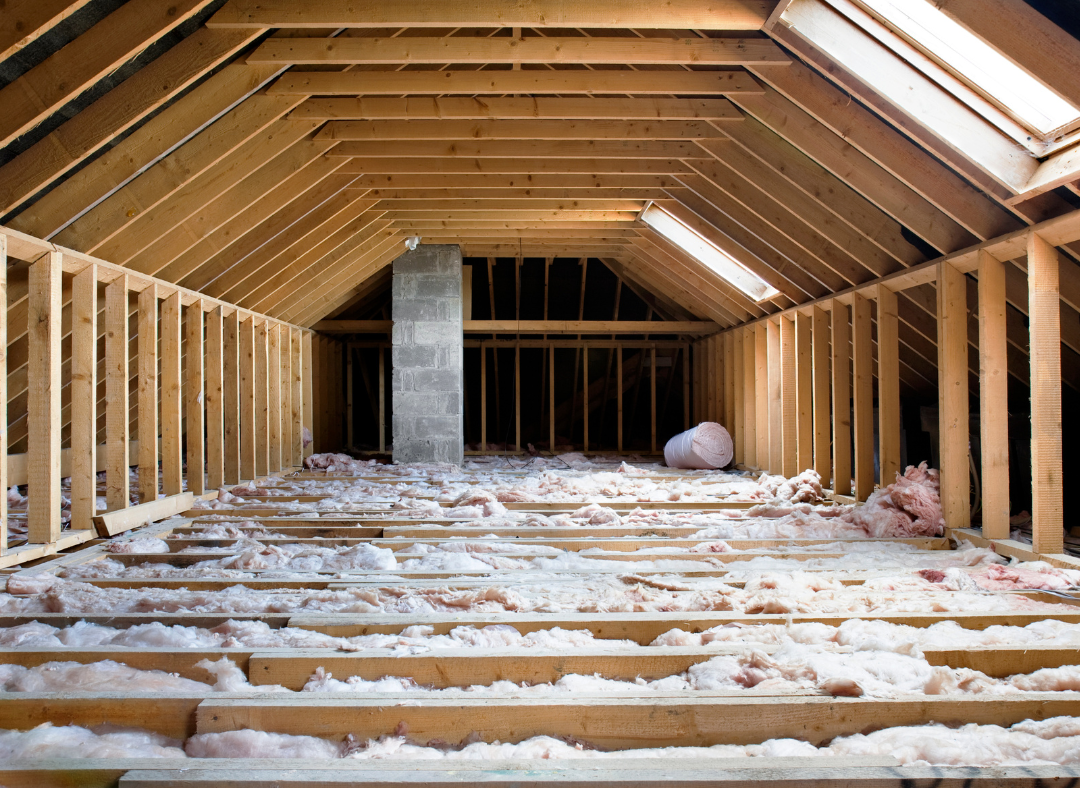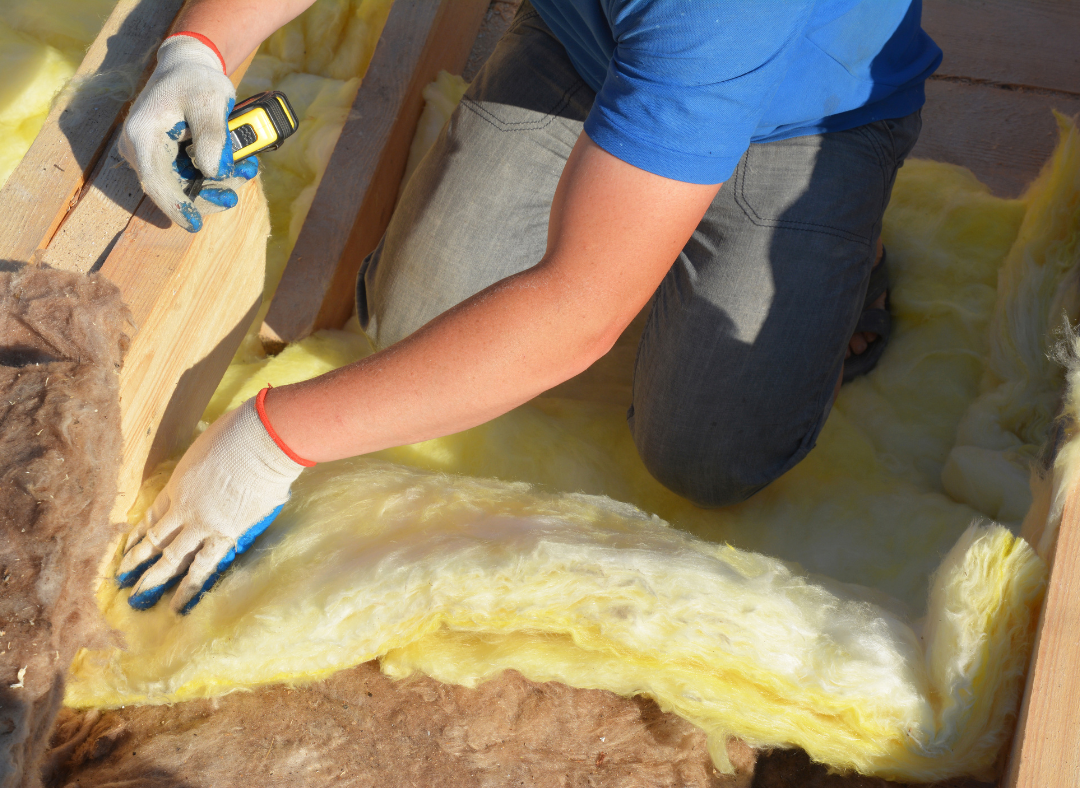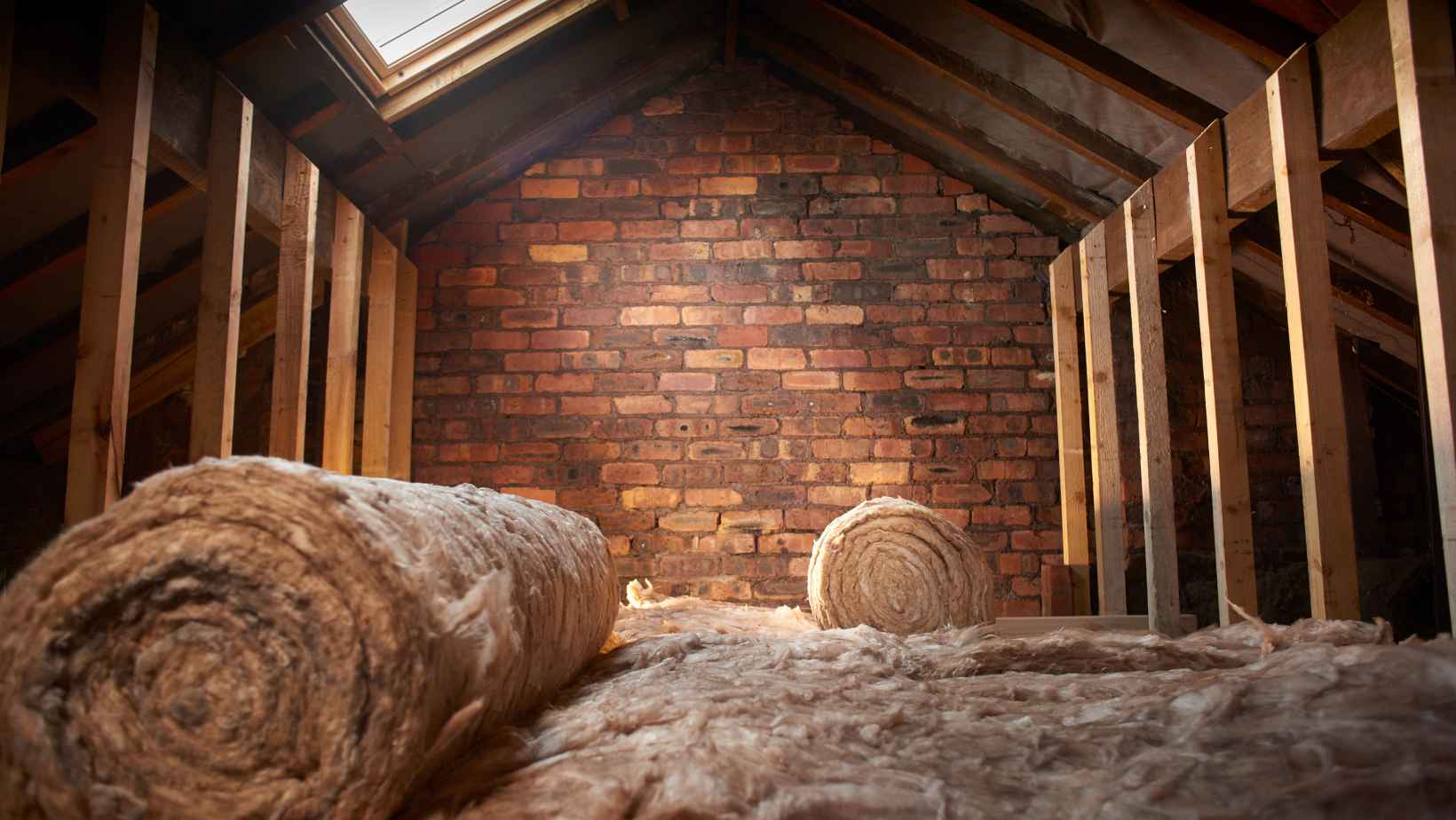Maximizing Energy Efficiency: The Guide To Attic Insulation In Dallas
Learn How To Boost Energy Efficiency With Attic Insulation In Dallas, Covering The Best Materials, Cost Benefits, And Climate Considerations For A Cozy, Efficient Home.
- Climate Considerations in Dallas
- Seasonal Variations
- Specific Challenges
- Types of Attic Insulation
- Fiberglass Insulation
- Cellulose Insulation
- Spray Foam Insulation
- Reflective Insulation
- Cost Analysis
- R-Value: Demystifying the Metric
- Assessing Attic Insulation Needs
- Preparation Steps Before Installation
- Cleaning the Attic Space
- Addressing Ventilation Issues
- Installation Process
- DIY Guide
- Hiring a Professional
- Safety Precautions
- Handling Insulation Materials
- Protecting Against Hazards
- Maximizing Insulation Effectiveness
- Maintenance and Upkeep
- Conclusion
Learn how to boost energy efficiency with attic insulation in Dallas, covering the best materials, cost benefits, and climate considerations for a cozy, efficient home.
The significance of superior attic insulation cannot be overstated when it comes to energy efficiency in homes. Proper insulation in the attic is a critical factor in reducing energy consumption and maintaining a comfortable indoor climate throughout the year. Not only does it help in lower energy bills and keeping the house warm during the cold months, but it also plays a vital role in keeping it cool during the hot summer days, especially in a city like Dallas where temperatures can soar.
Attic insulation effectively reduces the heat flow between the interior of a house and the external environment. This reduction in heat flow directly translates to less energy required for heating and cooling, thereby lowering utility bills. Moreover, it contributes to a more environmentally friendly living by reducing the carbon footprint associated with existing homes with excessive energy use.

Climate Considerations in Dallas
Seasonal Variations
The hot summers in Dallas mean that homes need insulation products that can effectively keep the heat out, reducing the burden on air conditioning systems and being energy efficient in keeping indoor living spaces comfortable. During the milder winters, existing insulation still plays a crucial role by helping to retain heat within the home, ensuring energy is used efficiently and heating energy cost is kept to a minimum.
Specific Challenges
The specific challenge in Dallas's climate is finding insulation solutions that can handle both extremes—blocking out the intense heat during summer months while also keeping the home warm during cooler periods. This requires a careful selection of insulation materials and insulation installation techniques that can adapt to the seasonal temperature shifts. Additionally, considering the potential for high humidity levels in warm air is important, as moisture can affect the performance of certain types of insulation.
Types of Attic Insulation
Fiberglass Insulation
Fiberglass insulation, made from fine glass fibers, is popular for its cost-effectiveness and ease of installation. It's available in batts or rolls and is suitable to install insulation for various attic spaces.
Cellulose Insulation
Composed of recycled paper products, cellulose insulation is an eco-friendly option for new construction. It's treated with fire retardants and is effective in providing thermal insulation and reducing noise.
Spray Foam Insulation
Spray foam insulation offers superior air sealing properties. It expands to fill gaps and cracks, making it an excellent choice for insulating and preventing air leaks, which are a common issue in attics.
Reflective Insulation
Reflective insulation is ideal for hot climates like Dallas. It reflects radiant heat away from the house, significantly reducing cooling costs in the summer.
Cost Analysis
The cost of attic insulation in Dallas is a critical factor for homeowners to consider, encompassing both the initial investment and the long-term savings potential. The initial cost varies based on the type of insulation material chosen and the size of the home's attic space. Some insulation types, such as spray foam insulation, may have a higher upfront cost but offer superior energy efficiency, potentially leading to greater savings over time. On the other hand, materials like fiberglass and cellulose may be more affordable initially, yet they also contribute to significant energy savings by improving the home's thermal performance.
When evaluating the cost, it's essential to look beyond the price tag and consider the insulation's lifespan and its impact on utility bills. High-quality attic insulation in Dallas can reduce the heating and cooling costs, leading to substantial savings on energy bills annually. These savings can offset the initial cost of installation, making it a wise investment for the future. Moreover, improved energy efficiency contributes to a lower carbon footprint, aligning with environmental sustainability goals. Therefore, while the upfront cost is an important consideration, the long-term benefits of energy bills and savings should also play a key role in the decision-making process.
R-Value: Demystifying the Metric
Understanding R-Value is essential when selecting attic insulation in Dallas, especially in a climate with diverse temperature ranges like Dallas homes. R-Value is a measure of insulation's resistance to heat flow, with higher values indicating better insulation performance. This metric is crucial for homeowners to consider, as it directly impacts the energy efficiency of their homes. In Dallas, where the weather can vary significantly, selecting insulation with the right R-Value can help maintain comfortable indoor temperatures year-round. While the ideal R-Value depends on specific climate conditions and the home's construction, it generally falls within a recommended range to ensure optimal thermal resistance. This balance helps minimize energy consumption for heating and cooling, leading to cost savings and improved comfort.
Assessing Attic Insulation Needs
Assessing attic insulation needs is a crucial step towards enhancing a home's energy efficiency. Homeowners can start with a basic inspection to identify obvious deficiencies, such as uneven insulation distribution or areas lacking insulation. However, for a comprehensive evaluation, especially to uncover less apparent issues like air leaks or moisture intrusion, consulting a professional is advisable. Professionals can offer a detailed assessment, pinpointing specific problem areas that might not be obvious at first glance. This thorough evaluation helps in formulating an effective insulation strategy, ensuring that any investment in attic insulation addresses the actual needs of the home, thereby maximizing energy efficiency and indoor comfort.
Preparation Steps Before Installation
Before the installation of new attic insulation dallas, it's essential to prepare the space to ensure the insulation performs effectively. Here’s a focused approach on the key preparation steps:
Cleaning the Attic Space
Start by thoroughly cleaning the attic. This includes removing any old or damaged insulation, which can compromise the effectiveness of the new insulation. Dust, debris, and any remnants from previous installations should be cleared out. This step is crucial not just for laying down new insulation but also for revealing any hidden issues, such as mold, leaks, or structural damage blown in insulation that need to be addressed beforehand.
Addressing Ventilation Issues
Ensuring proper attic ventilation is a critical step before installing new insulation. Ventilation helps regulate temperature and moisture levels in the superior attic, preventing problems like mold growth and wood rot. Check for blocked soffit vents, and consider installing additional vents if necessary. Proper airflow and indoor air quality should be maintained across the superior attic to protect the integrity of the roof and the effectiveness of the insulation over time.
Installation Process

DIY Guide
Embarking on a DIY attic insulation in Dallas project requires careful planning and execution. Here's an overview of the steps involved, with a brief explanation for each:
- Preparation: Measure the attic and calculate the needed insulation quantity based on the recommended R-Value for your area.
- Safety Measures: Wear protective gear such as gloves, a mask, and goggles to shield against insulation materials.
- Cleaning the Attic: Remove debris and old insulation, ensuring the space is clear for new installation.
- Sealing Air Leaks: Use caulk or spray foam insulation to seal any air leaks for improved insulation efficiency.
- Installing Vents: Install rafter vents to maintain airflow and indoor air quality from the soffit vents, preventing moisture issues.
- Laying the Insulation: For batts or rolls, lay them between joists; for loose-fill, evenly distribute with a blower.
- Ensuring Even Coverage: Avoid compressing insulation to maintain its effectiveness, covering the joists completely.
- Addressing Obstacles: Cut insulation to fit around pipes, ductwork, and electrical boxes without compressing it.
- Final Inspection: Check for even distribution and coverage, adjusting as necessary to eliminate gaps or thin areas.
Hiring a Professional
Professional installation guarantees that the insulation is installed correctly and efficiently. It's recommended for those unfamiliar with the entire process or dealing with complex attic spaces.
Safety Precautions
Handling Insulation Materials
Many insulation materials can irritate the skin, eyes, and respiratory system. Wearing protective clothing, gloves, masks, and goggles is essential.
Protecting Against Hazards
Be aware of electrical wiring and other hazards in the living space and the attic. Ensuring good lighting and taking care not to disturb any wiring are important safety measures.
Maximizing Insulation Effectiveness
Maximizing the effectiveness of superior attic insulation involves two key strategies: air sealing and proper insulation placement.
Air Sealing: Before adding new insulation, it's crucial to seal any air leaks. This step prevents warm or cool air from escaping your home, enhancing the overall performance of the insulation. Use caulk or spray foam insulation around openings for pipes, ducts, and electrical wiring to create an airtight barrier.
Proper Insulation Placement: Ensure that the insulation is evenly distributed across the attic floor, avoiding any compression, which can reduce its insulative properties. Pay special attention to areas around eaves, chimneys, and light fixtures, where insulation needs to be carefully placed to avoid blocking ventilation or creating fire hazards.
Maintenance and Upkeep
Maintaining and upkeeping attic insulation is essential for sustaining its efficiency over time. This involves:
Regular Inspection: Periodically check the attic for any signs of damage, such as moisture accumulation, pest infestations, or areas where the insulation has become compressed or shifted. Early detection of these issues can prevent more significant problems.
Addressing Wear and Tear: If you find damaged or settled insulation, take action to replace or supplement it as necessary. This ensures that the insulation maintains its intended R-Value and continues to effectively prevent heat transfer.
Conclusion
This guide on attic insulation is more than just advice on home improvement; it's about understanding the importance of energy efficiency for both comfort and the environment. By learning about the right insulation for different climates, how it can really save money on energy bills, and the importance of keeping it well-maintained, homeowners are equipped to make changes that matter. These changes don't just make homes more comfortable; they also help reduce energy use and contribute to a healthier planet.
The guide is designed to inspire action. It shows that by choosing the right type of attic insulation and ensuring it's properly installed and maintained, significant benefits can be achieved. This isn't just about saving money on energy bills—it's also about taking a simple step towards tackling bigger environmental issues. It encourages readers to see attic insulation as an essential part of their home that deserves attention, highlighting how individual choices can lead to broader positive effects on the environment.
Elevate Your Attic Insulation - Contact Superior Attic Today!

